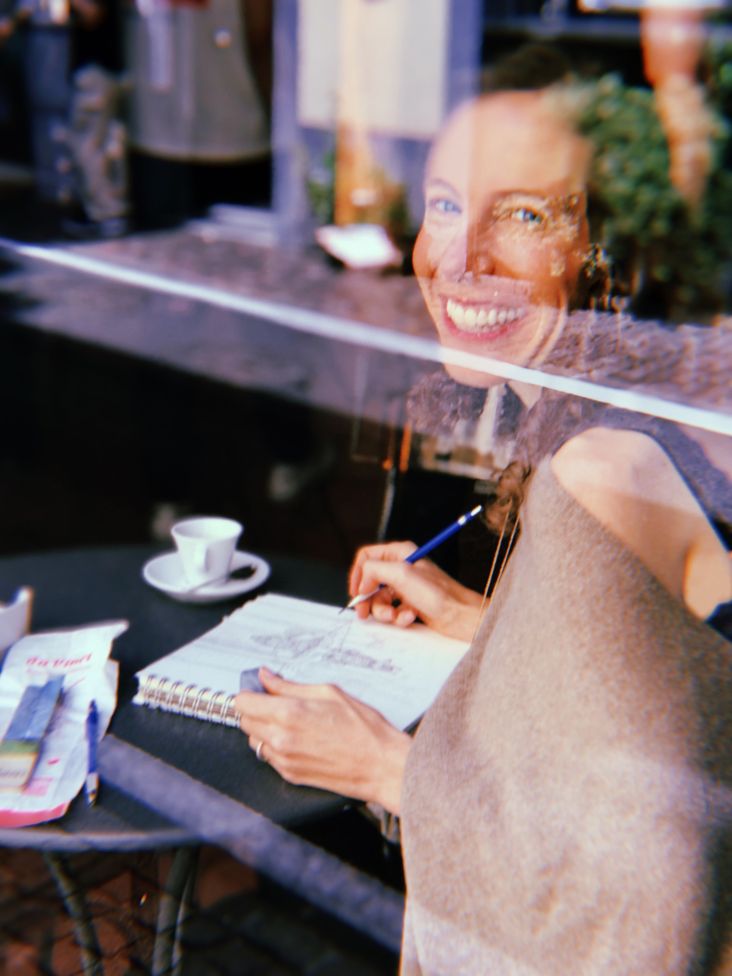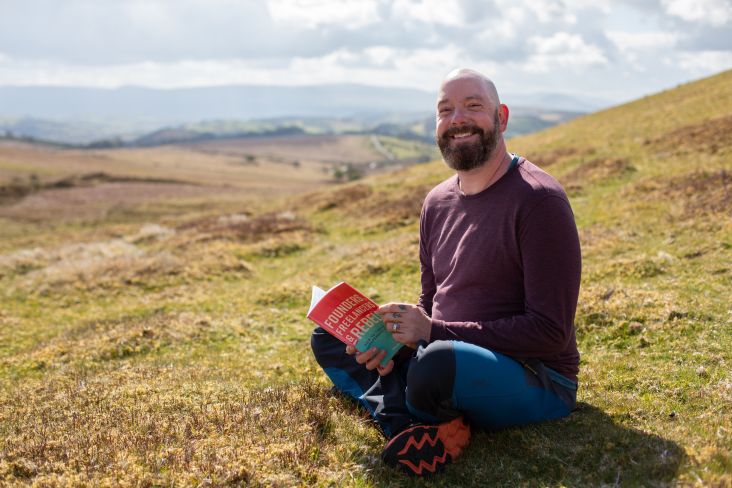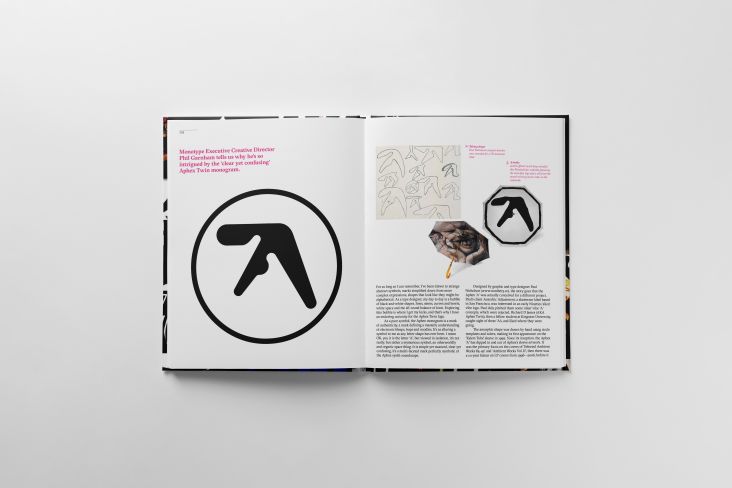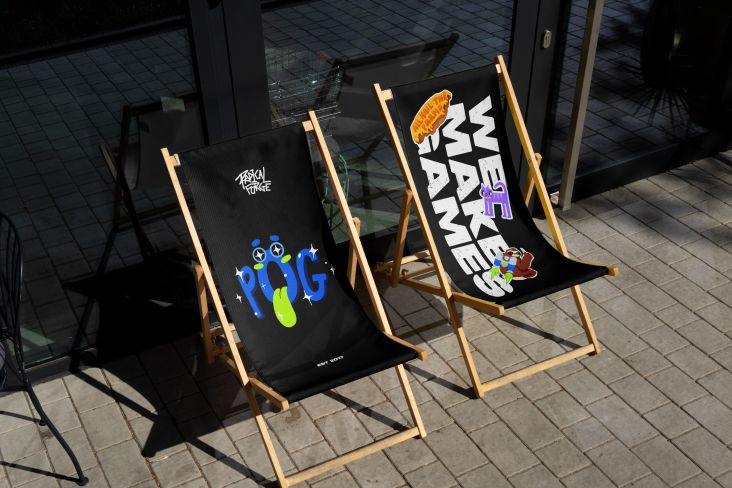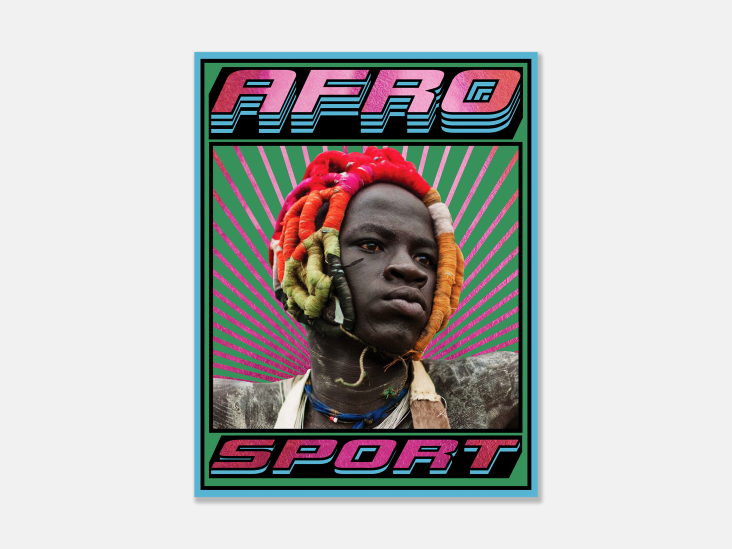Artistic rebel, urban poet: new book celebrates the iconic photography of Saul Leiter
He's the greatest photographer you (perhaps) never heard of. Now, a new retrospective to celebrate the centenary of Saul Leiter's birth brings together his most iconic images with a fascinating selection of unseen work. Read our interview with the authors to learn more.
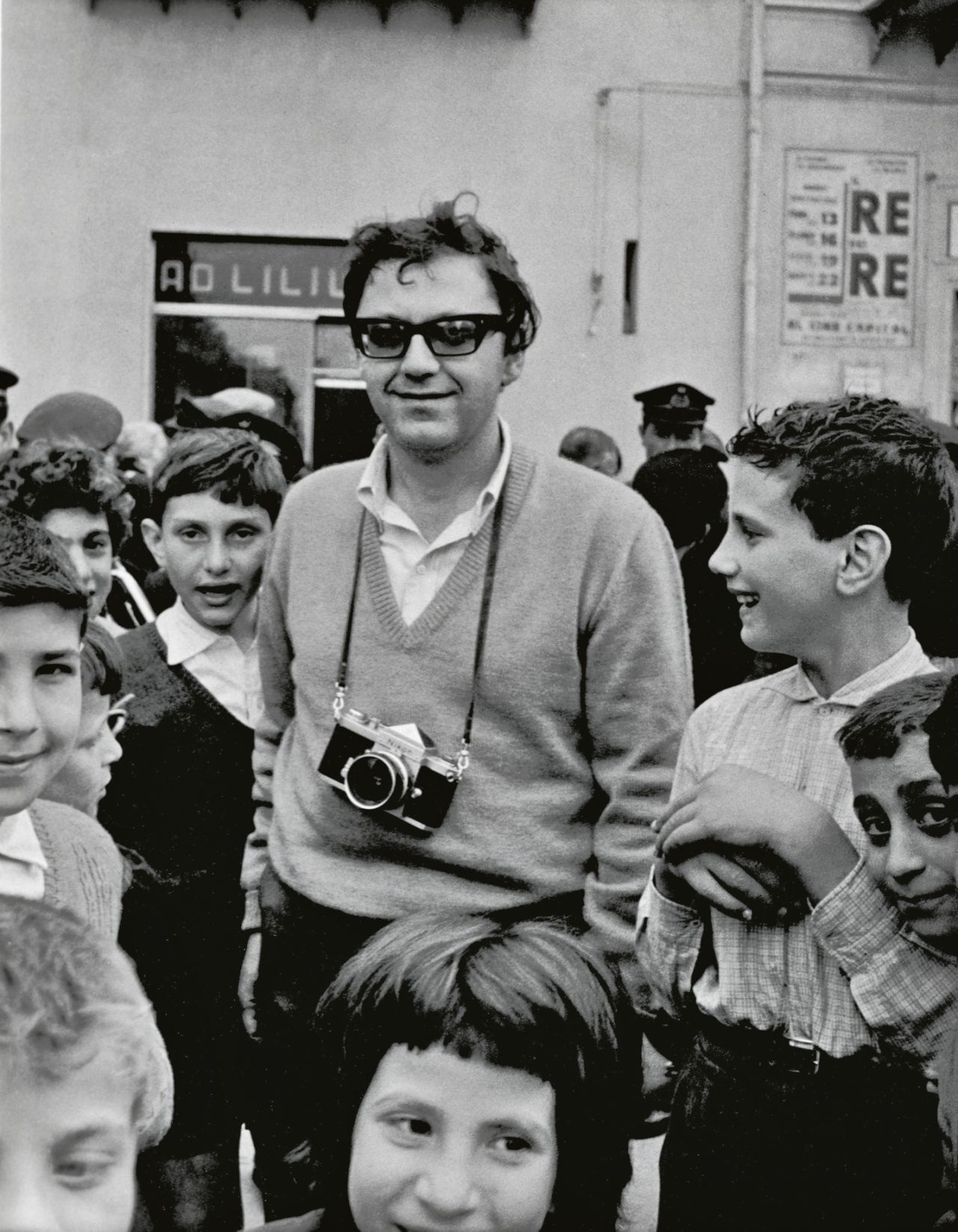
© 2023 Saul Leiter Foundation
Saul Leiter may not be the best-known name in the history of photography, but perhaps he should be. As a new monograph highlights, this uncompromising artist was a true rebel with a radical approach that resulted in a huge archive of truly groundbreaking work. Having spent decades not getting the recognition he deserved, Leiter came to prominence late in life and is now considered one of the greats.
Saul Leiter: The Centennial Retrospective presents the full spectrum of his artistic output for the first time, including rare and previously unpublished material. In this way, it both introduces the artist to new generations and sheds fresh light on his work for those who are already familiar with him.
We chatted to the authors – Margit Erb, the founder and director of the Saul Leiter Foundation, and Michael Parillo, its associate director – to discover why Leiter's work is so important, how they put the book together and why his images still speak to us today.
Who was Saul Leiter?
Saul Leiter was born in Pittsburgh, Pennsylvania, in 1923. His father was a respected Talmud scholar, and the younger Leiter was expected to follow in his footsteps and become a rabbi. In his early twenties, however, Saul moved to New York City to become an artist.
He had developed an interest in painting from an early age, and in New York, he was fortunate to meet the abstract expressionist painter Richard Pousette-Dart, who encouraged him to pursue photography. Soon, Leiter was taking black-and-white pictures with a 35 mm Leica. Around 1948, he started shooting in colour, at a time when most artists saw colour photography as 'unserious'.

© 2023 Saul Leiter Foundation
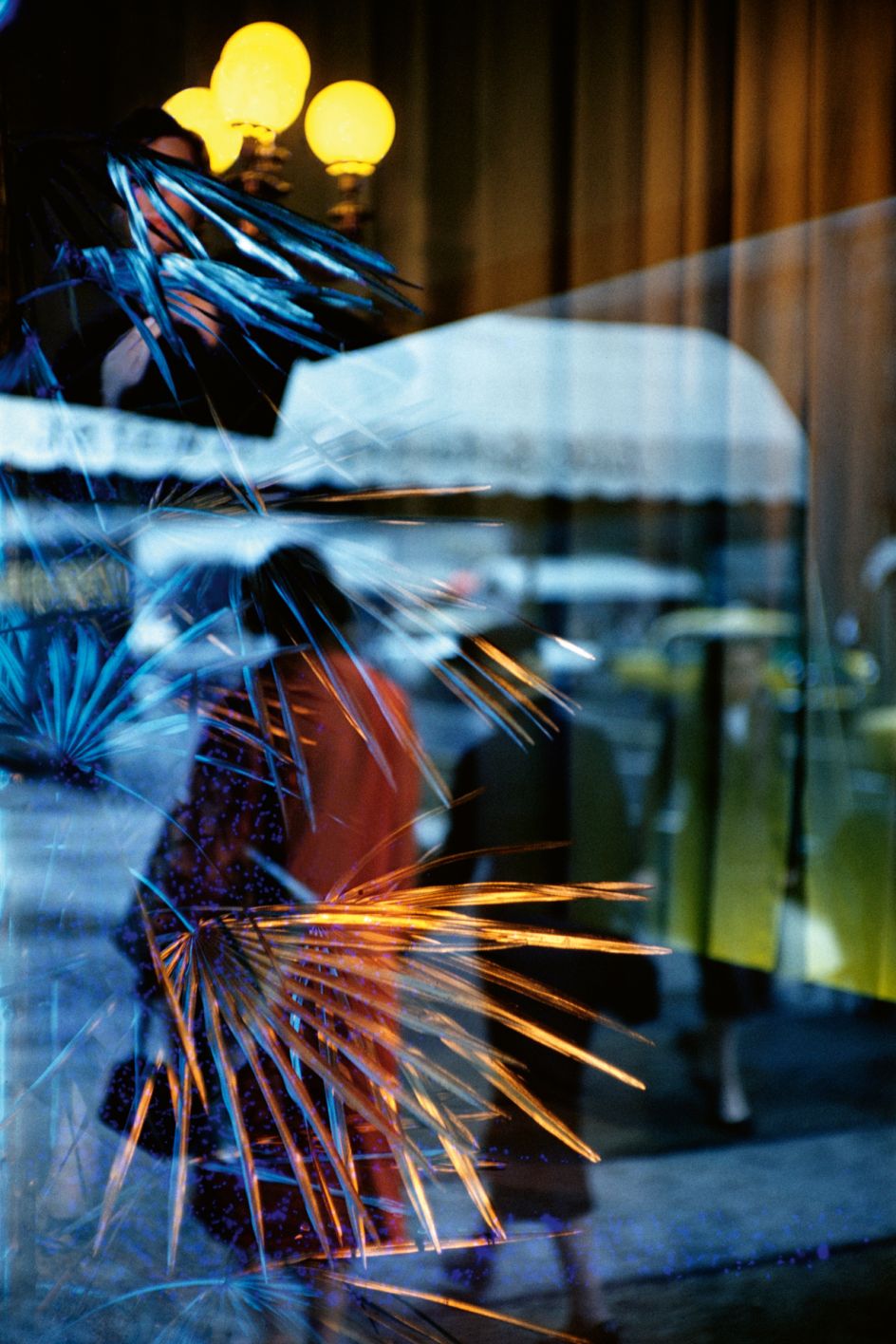
© 2023 Saul Leiter Foundation
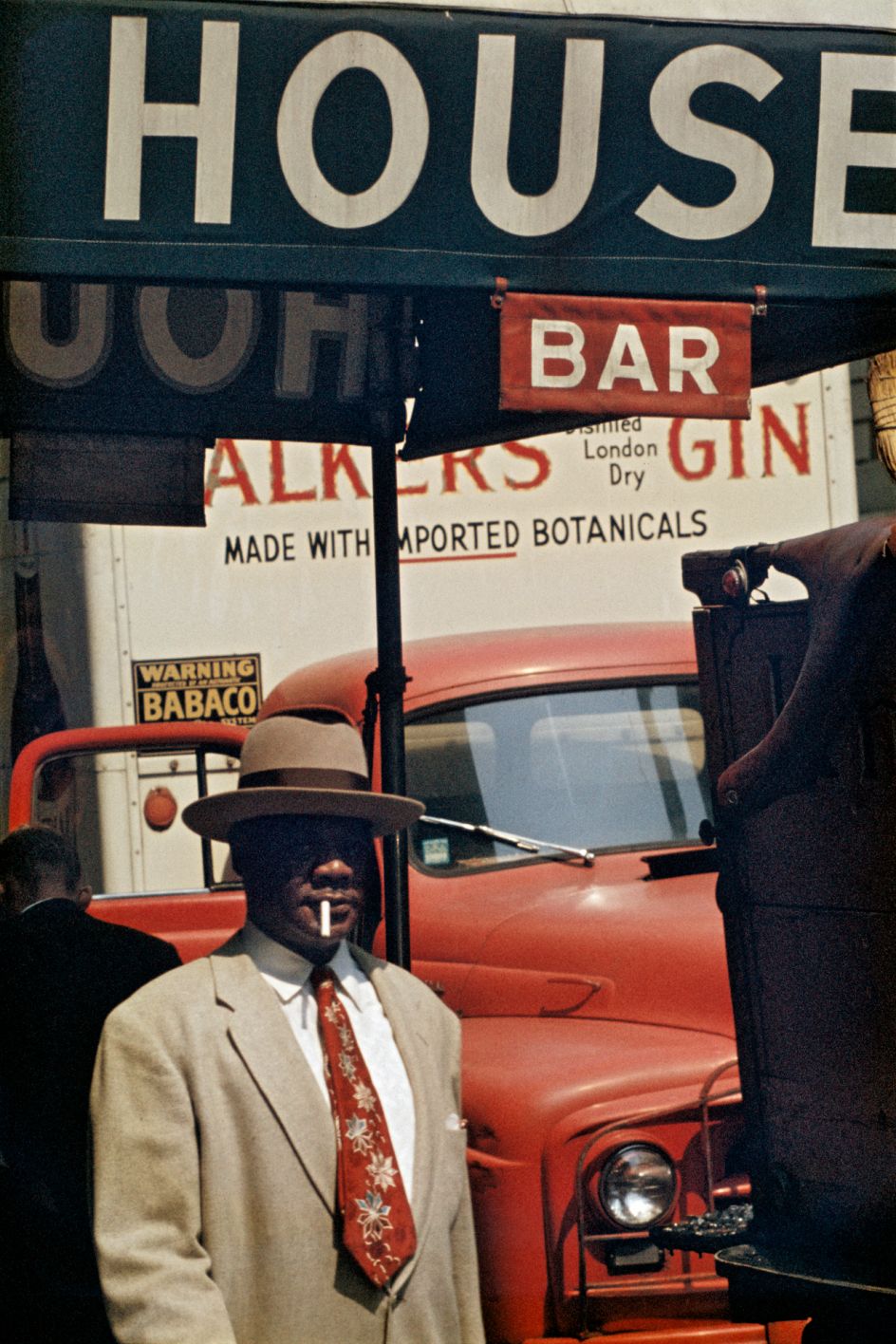
© 2023 Saul Leiter Foundation
Leiter's main subjects were street scenes and his small circle of friends, and indeed, many of his photographs were taken within a 10-minute walk of his apartment. His abstracted forms and daringly innovative compositions have a painterly quality that stands out among the work of his New York School contemporaries.
For his main source of income from the late 1950s through the 1970s, Leiter worked as a fashion photographer, and his pictures were published in magazines such as Harper's Bazaar, Elle, British Vogue, Queen, Nova and Esquire. All the while, he was shooting colour and black-and-white street scenes on his daily walks, as well as nudes and intimate portraits back home, while continuing his painting explorations with abstract watercolours, whimsical sketchbooks, and painted photographs.
By the late 1970s, Leiter was moving away from fashion photography, and in 1981 – facing financial difficulties – he was forced to close his studio on Fifth Avenue. For the next two decades, he lived and worked virtually unknown.
Erb first met Leiter in the mid-1990s when she worked at the Howard Greenberg Gallery in New York, which represented the artist and remains his US dealer to this day. "He was only selling two or three prints a year," Erb says, "for maybe $900, $1,200… not enough to live on. He rarely had money for lunch; I'd always take him out to eat. When we did an exhibition, it got great reviews. But there was no internet. There were no books. There was nothing to communicate to the world about Saul."
Turning point
With Erb's help, Leiter began working on a book of his colour photographs in 1996. It took a painful ten years before Saul Leiter: Early Color was published, but it was worth the wait. The publication marked a turning point in his life, with Leiter being hailed, seemingly out of the blue, as a photographer to be reckoned with.
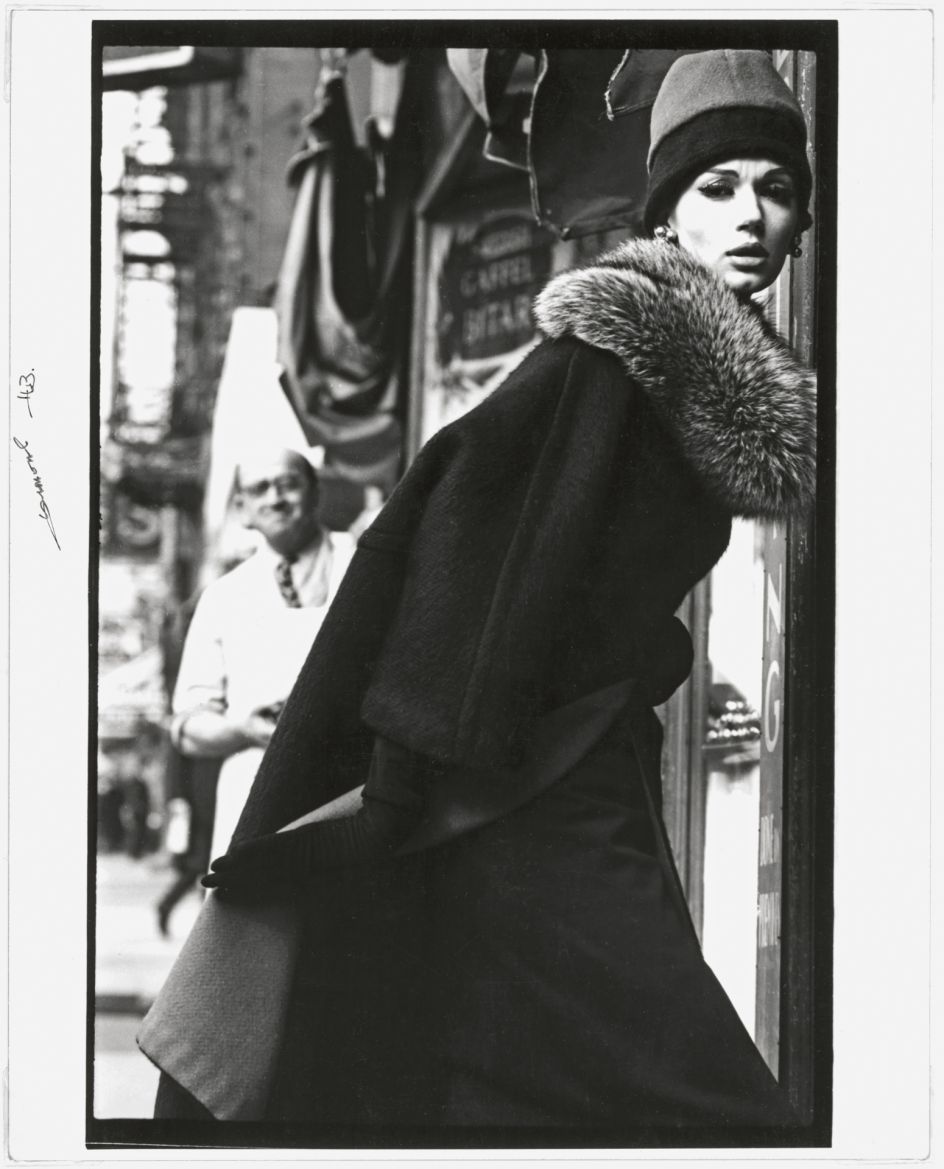
© 2023 Saul Leiter Foundation
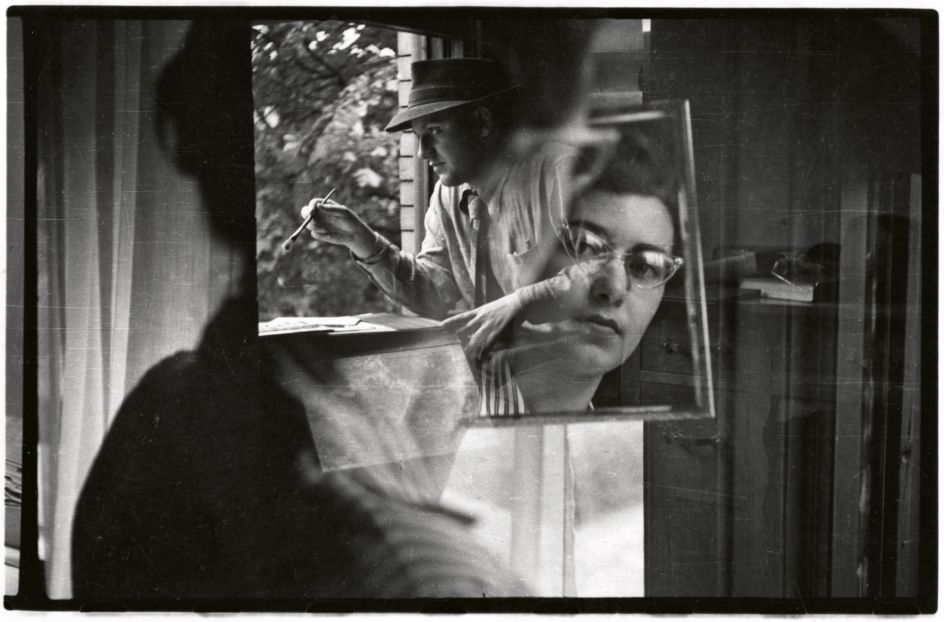
© 2023 Saul Leiter Foundation
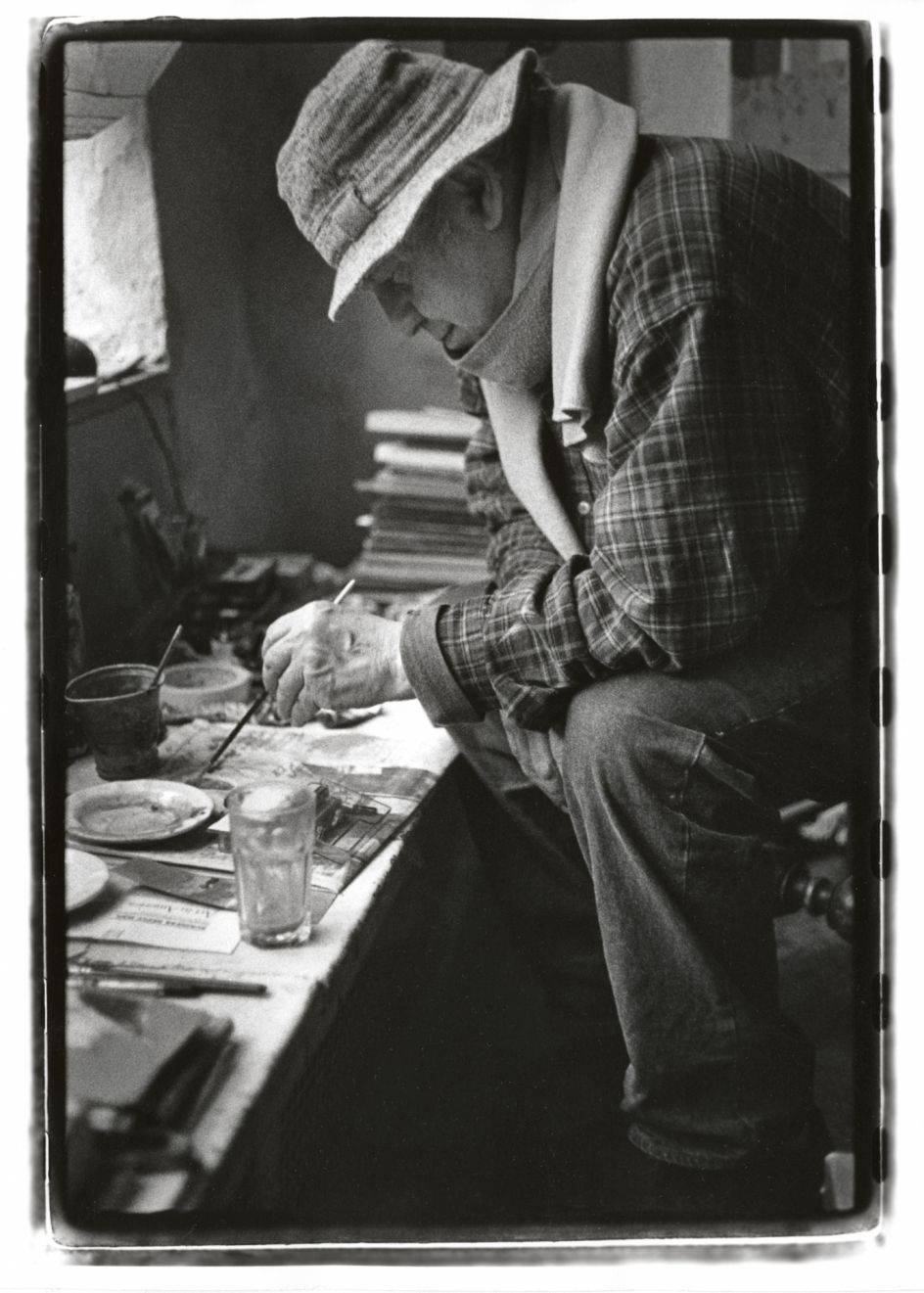
© 2023 Saul Leiter Foundation
When the recession of 2008 hit, Erb began working one day a week for Leiter. This allowed her to delve into the monumental task of organising his archive. After Leiter died in 2013 at the age of 89, she and Michael Parillo continued this work. As a result, the new book combines the artist's best-known work with a large number of unseen treasures.
"We felt that Saul's centennial would be a perfect occasion to present a full retrospective in a way that hadn't been seen before," explains Erb. "So it's the biggest book to date, in terms of both its size and the number of works it contains. It was particularly important to us to show the breadth of his painting output, too, which was a lifelong pursuit for Saul."
Finding a balance
Given the size of the archive, selecting which photographs to include was also a challenge. The authors needed to balance images that are now regarded as Leiter classics with newly unearthed material, black and white with colour, street photography with fashion photography.
"Many of the fashion images here are unseen because it's not a well-explored area of Saul's career," Erb notes. "Michael and I went to the New York Public Library, which holds almost a full collection of Harper's Bazaar. And we identified images that highlight how Saul's style really made him different from his contemporaries, with his use of depth of field, foreground, backgrounds, and so on."
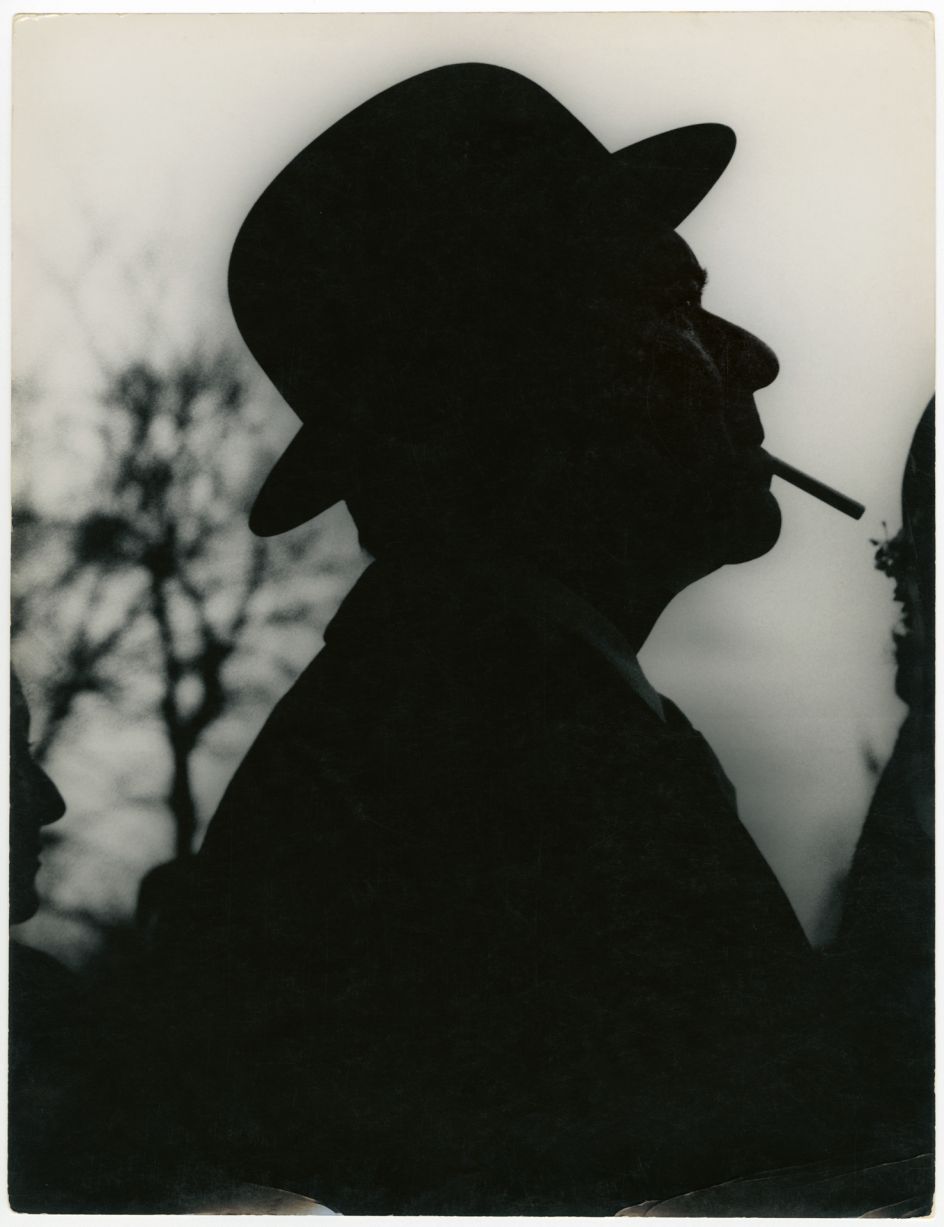
© 2023 Saul Leiter Foundation
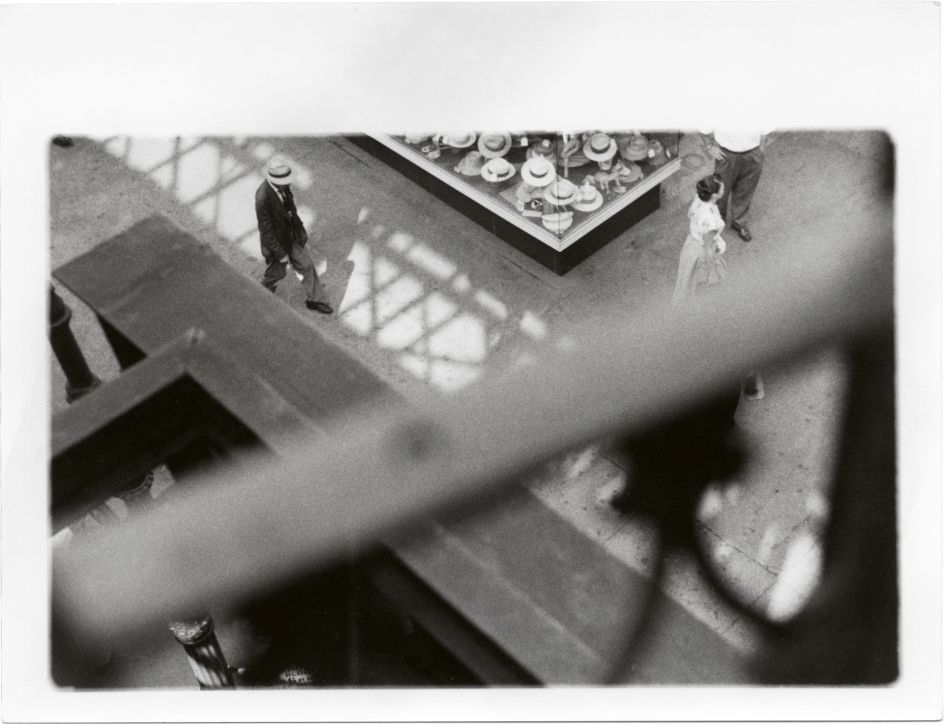
© 2023 Saul Leiter Foundation
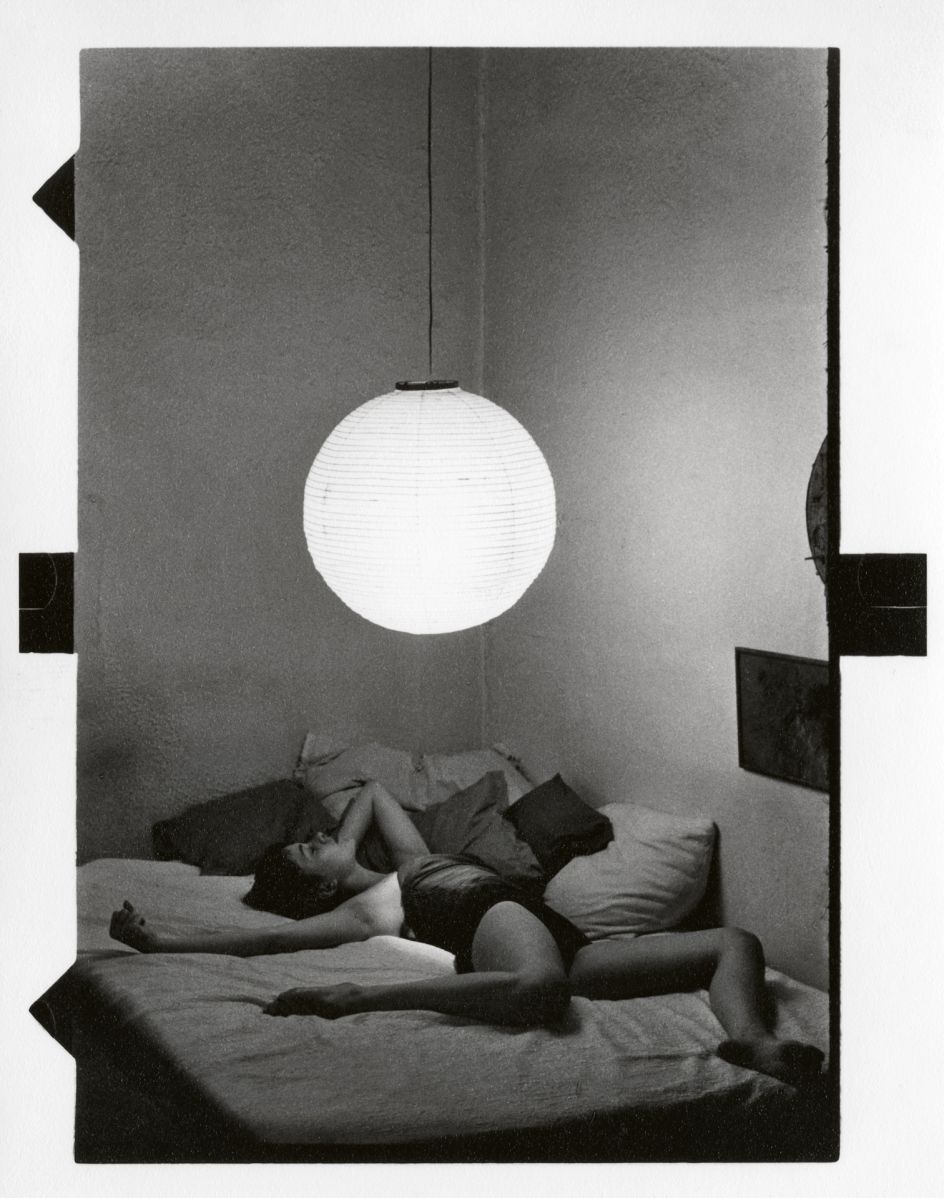
© 2023 Saul Leiter Foundation
Although his style was unique, Leiter's approach didn't do him any favours at the time. "Saul was accused of being very artsy by the art directors of various magazines," says Erb. "Often, that meant he had to rein things in, but there were exceptions.
"His best fashion years, in our opinion, were when he worked with the art director Henry Wolf at Harper's Bazaar," she says. "Henry just let the reins go so Saul could do as he wanted. But when Henry moved on, new art directors came in who restrained the work. And that's essentially why Saul left the fashion world, because he couldn't handle the restraint any more. It became very frustrating for him."
Unique vision
Despite such bumps in the road throughout his career, Leiter's work is now considered iconic by photography lovers. But why, exactly?
"Saul saw things the rest of us wouldn't see," says Parillo, "even though these things were there for everyone to see. His take on the world was just unique and a little to the left.
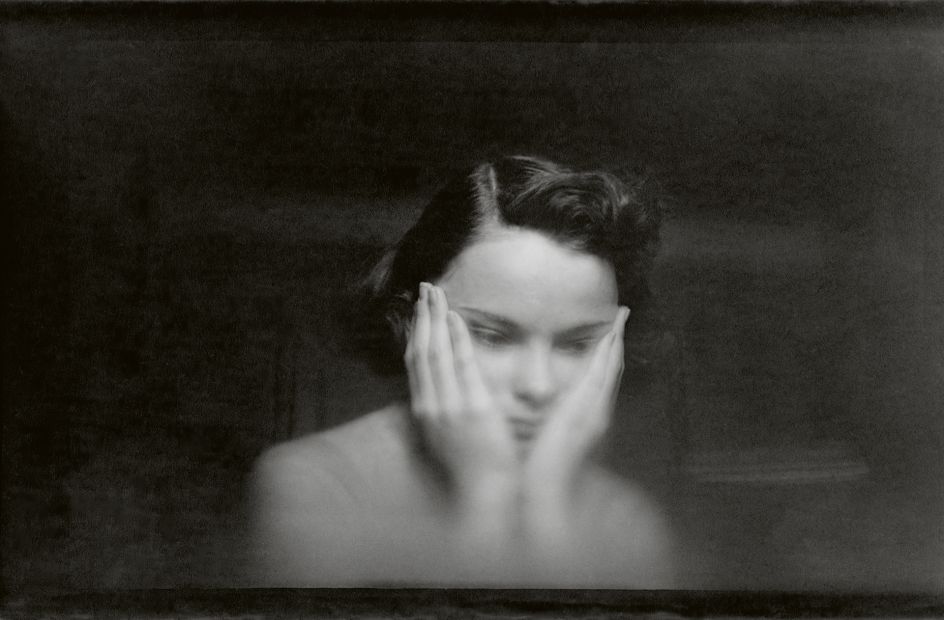
© 2023 Saul Leiter Foundation
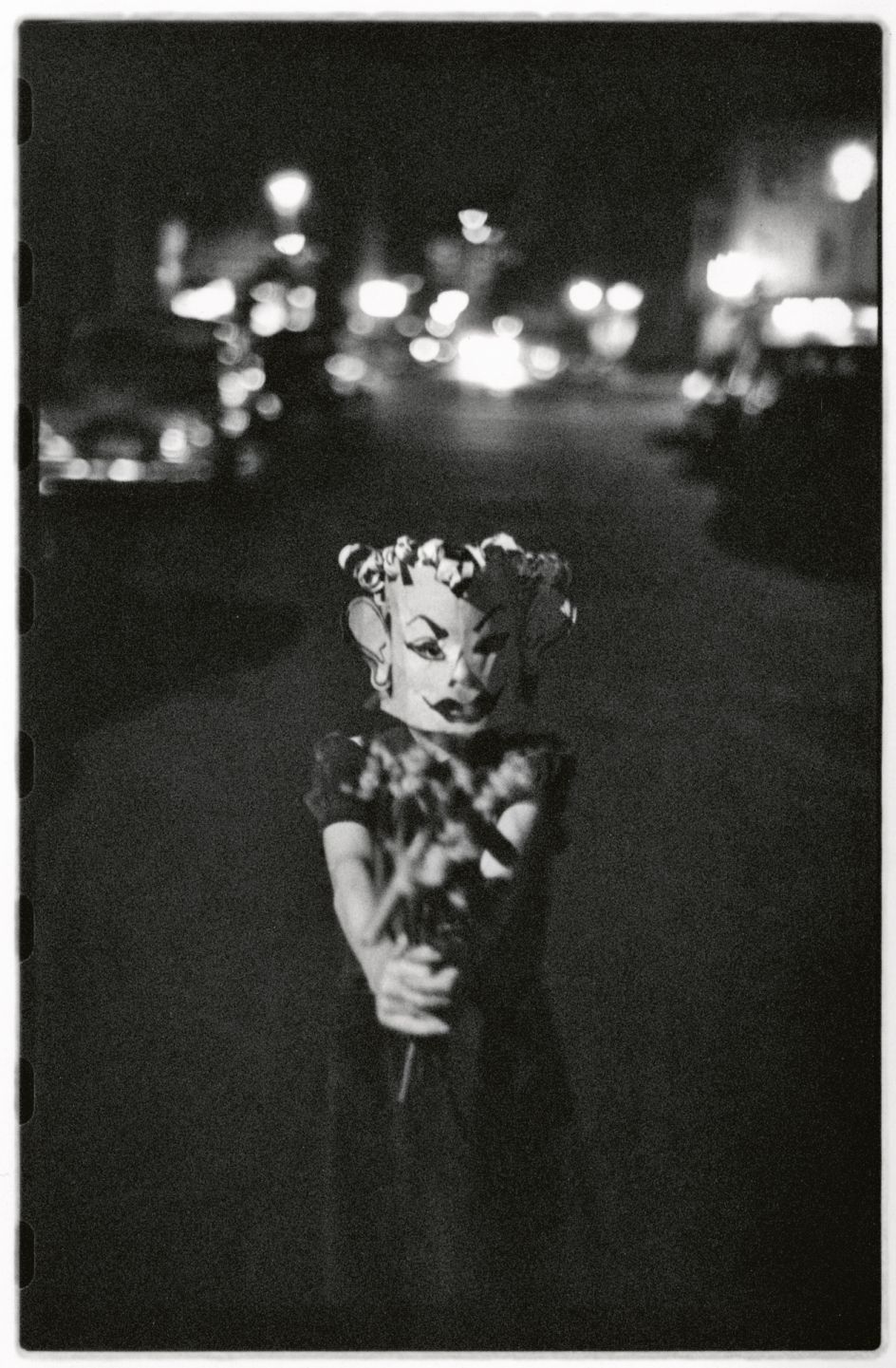
© 2023 Saul Leiter Foundation
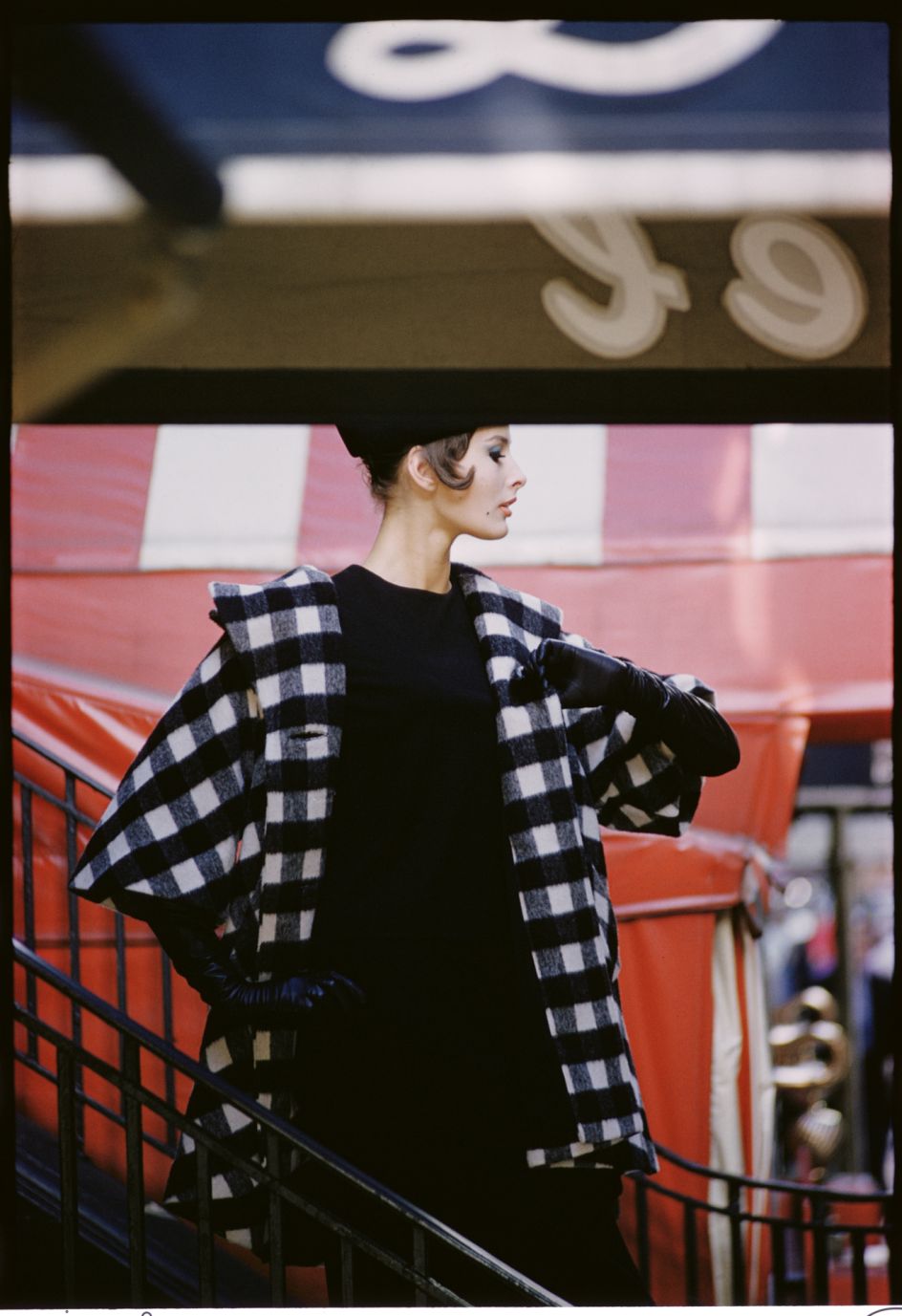
© 2023 Saul Leiter Foundation
"Take New York, for example. His vision of New York City is so different from other photographers, and I think that's one reason why he really stands out as one of the great New York photographers. He presents a quieter and more mysterious New York."
"His vision was much more abstract and visually pleasing than others," adds Erb. "It was less social comment and more about the beauty of the world around us – the beauty of urban life."
Indeed, this observation would apply not just to Leiter's street photography but to every aspect of his creative work. "Beauty was a topic that consumed him," says Parillo. "He really wanted to present beauty, and he certainly did. And the fact that he never wanted to control the scene was another thing that helped him stand out. He just wanted to respond spontaneously to whatever was there."
Growing influence
Now, ten years after his death, Leiter's influence is spreading far and wide. For example, there have been three major exhibitions of his work in Japan in 2017, 2020 and 2023. "We were very encouraged by that," says Erb. "In Japan, 1,000 people a day were showing up, and a good majority of them were young people."
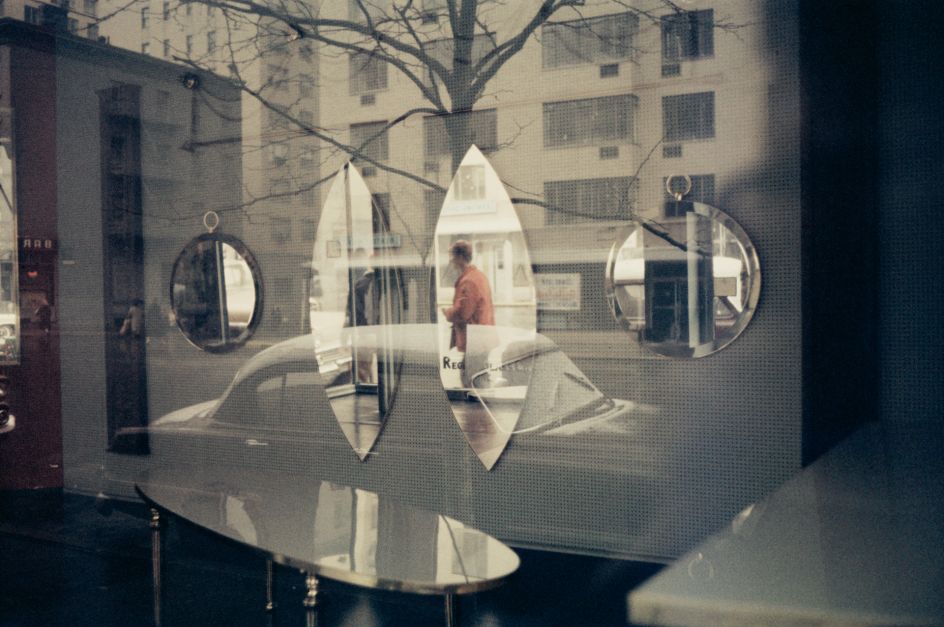
© 2023 Saul Leiter Foundation
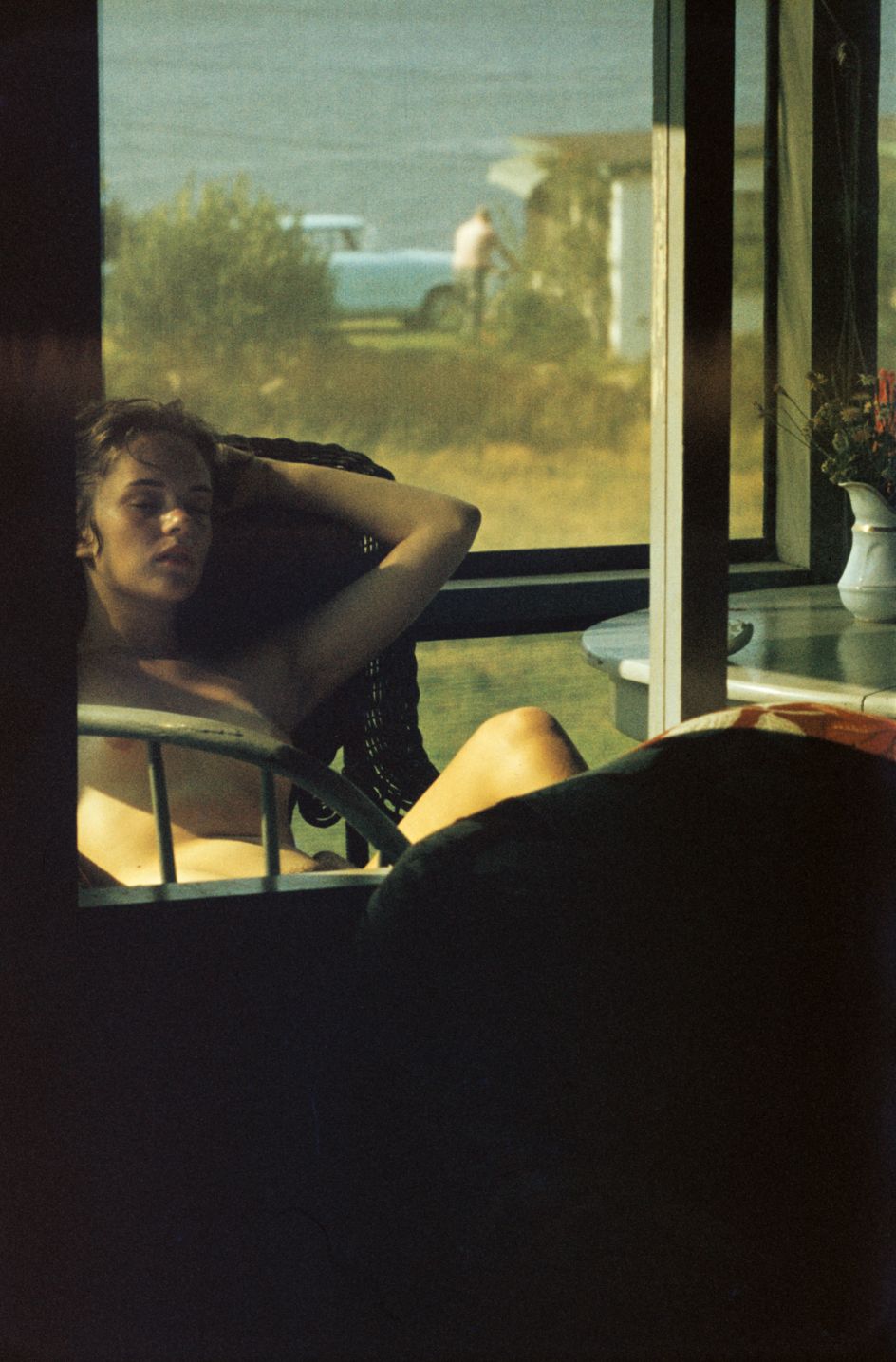
© 2023 Saul Leiter Foundation
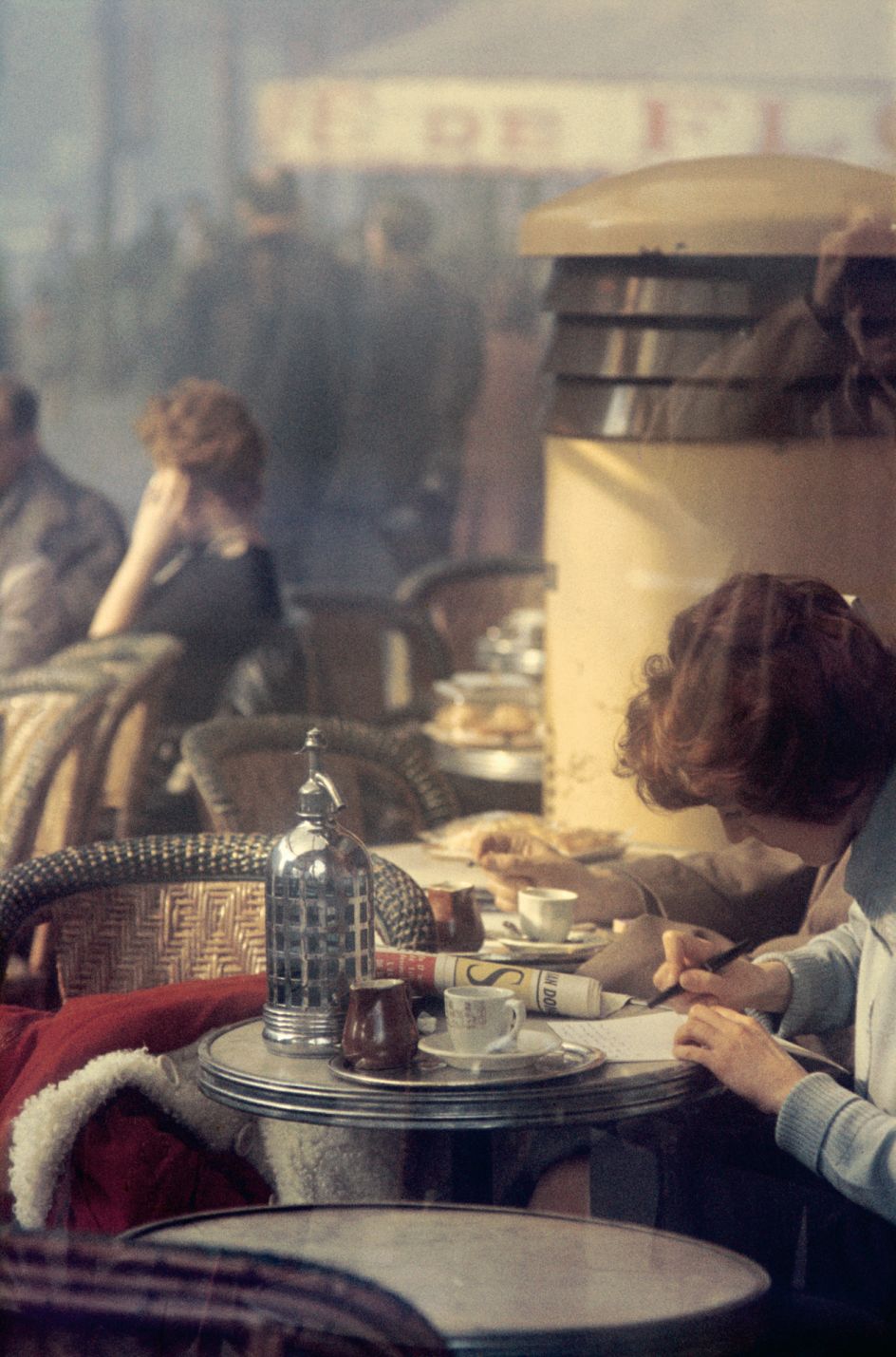
© 2023 Saul Leiter Foundation
"Saul has really struck a chord in Japan," continues Parillo. "And maybe that's not surprising because Saul himself was greatly influenced by Japanese artists. He had a huge Japanese art book collection, and we feel that his art reflects that in various overt and less overt ways. The emphasis is on beauty and mystery, and quiet as well. He's not hitting you over the head – as he said, he's tickling your left ear."
Further Information
Saul Leiter: The Centennial Retrospective is published by Thames & Hudson Ltd; new exhibition 'Saul Leiter: An Unfinished World' will be at MK Gallery from 17 February 2024.










](https://www.creativeboom.com/upload/articles/86/862919952c0ad18439004228895a431dc6e45ffc_732.jpg)




